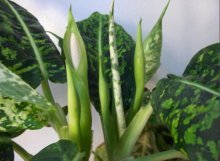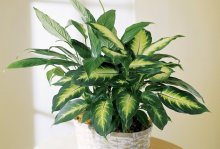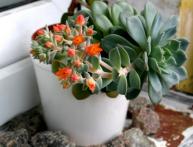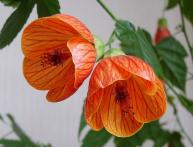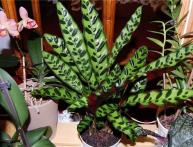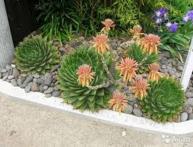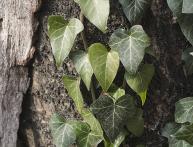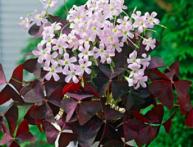Indoor floriculture: how to plant Dieffenbachia
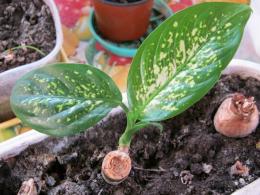
For a long time, indoor flowers were treated as an element of home decor. However, recent research has shown that plants grown in pots indoors can provide health benefits to people. A competent selection will ensure prevention from many diseases and poor health.
The narrow leaves of chlorophytum rid living spaces of harmful toxins released by synthetic detergents. Dracaena will capture 70% of harmful benzene compounds evaporated by the surface of various floor coverings. And geranium will cleanse the air of pathogenic staphylococci and other microorganisms.
If you plant Dieffenbachia, it will come in handy in those houses that are located in environmentally unfavorable areas. This is due to the ability of the variegated leaves of this plant to neutralize many harmful substances, especially those contained in large quantities in the exhaust of industrial enterprises and large highways.
Content:
- Soil and container for planting Dieffenbachia
- Where to get a sprout and how to plant it in the soil?
- Some features of growing Dieffenbachia
Soil and container for planting Dieffenbachia
Dieffenbachia - enough large plant with powerful single or multiple stems and large variegated leaves, some species are capable of forming a bush. In the wild, the plant lives in warm tropical forests, on moist soils rich in humus. This should be taken into account when choosing a container for planting a flower.
A medium-sized pot made of baked clay is best suited, as they are best suited for maintaining humidity, the conditions are no more natural than in plastic ones and the plant feels more comfortable.
The pot must have drainage holes. Be sure to add a 5-8 cm layer of drainage to the bottom. Ready-made expanded clay drainage is ideal for this. You can also use available material, such as crushed polystyrene foam.
The basis soil mixture For planting Dieffenbachia, the soil must be turf. You can prepare it yourself. To do this, it is enough to cut off the top turf layer and select the underlying soil, but not too deep. You will also need one part each of sand, peat and leaf soil. You can also add a small amount of charcoal and crushed brick.
Where to get a sprout and how to plant it in the soil?
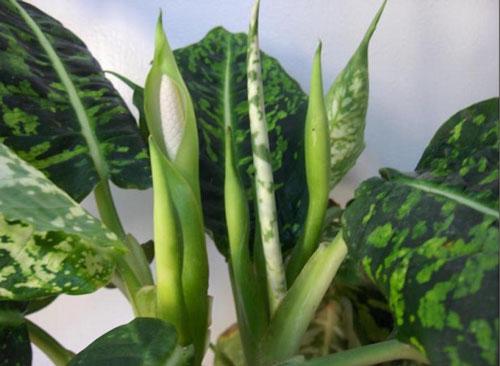
Dieffenbachia reproduces stem cuttings. As a rule, to do this, cut off the upper part of the stem with leaves. To form the root system, place the apical cutting in water. It is desirable that the temperature is not lower than 22 - 24 degrees. After 10 - 12 days, roots appear on the submerged part of the stem. You should not wait until they become too long and you can replant the flower in the ground only when their length exceeds a couple of centimeters.
During root formation, Dieffenbachia leaves need to be sprayed, and the cutting itself must be placed in a well-lit place, but out of direct sunlight.
You can also use not only water, but also wet sand or peat for the appearance of roots, and cover the seedling with glass or film to maintain the humidity level.
You need to know that any part of the Dieffenbachia stem is suitable for obtaining a new plant.
After planting the cuttings with roots in the ground, it is necessary to create optimal watering and lighting conditions, protect the plants from exposure to the sun and drying out of the soil in the pot.
IN period of intense growth the flower needs feeding; nitrogen fertilizers are best suited for it. The frequency of fertilizing is at least once every two to three weeks.
During this period, it is better to water with warm, soft water. Dieffenbachia also likes sprinkling and wiping the leaves with a damp cloth. It is better to do these procedures a couple of times a month. If the above requirements are met, the plant grows well and quickly acquires a decorative, lush appearance.
However, sometimes it happens that having reached a high growth, the plant begins to shed its lower leaves, the trunk becomes bare and unsightly. What is the best thing to do to restore the beauty of Dieffenbachia, what other features should you know in advance?
Some features of growing Dieffenbachia
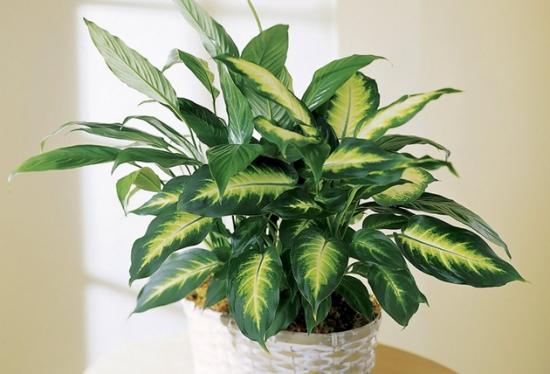
If the plant has grown more than two meters, no longer fits in the room, its lower part has become ugly, then a simple trick will restore its beauty and you won’t have to get rid of the overgrown Dieffenbachia:
- To do this, tie the trunk with fabric in the right place on the crown.
- Use a watering can to lightly moisten the bandage every day.
- After the roots appear, cut off the top part along with the roots and transplant into a new pot.
- The remaining part of the stem can be divide into cuttings.
All parts of Dieffenbachia are poisonous and when caring for it, precautions should be taken and work should be done with gloves. Keep small children away from the plant.
But, despite these warnings, the plant is still worth growing in a person’s home, because it is a powerful biological filter.
Personal experience of a gardener in pruning and rooting Dieffenbachia:
Interesting information about the vegetable garden

